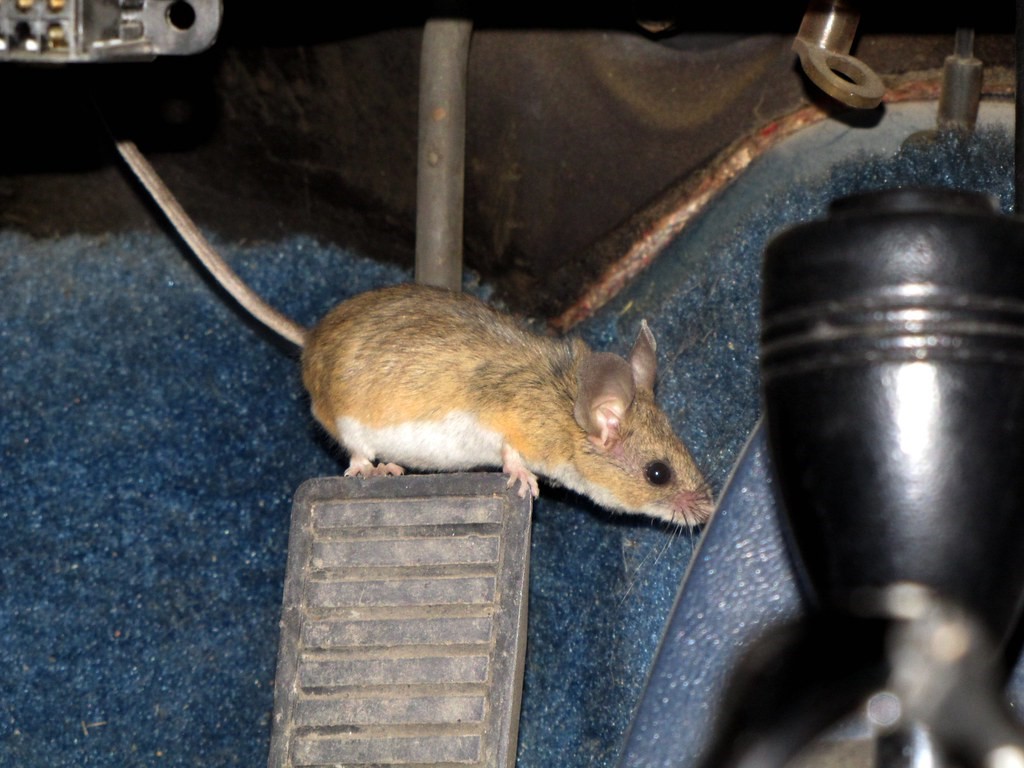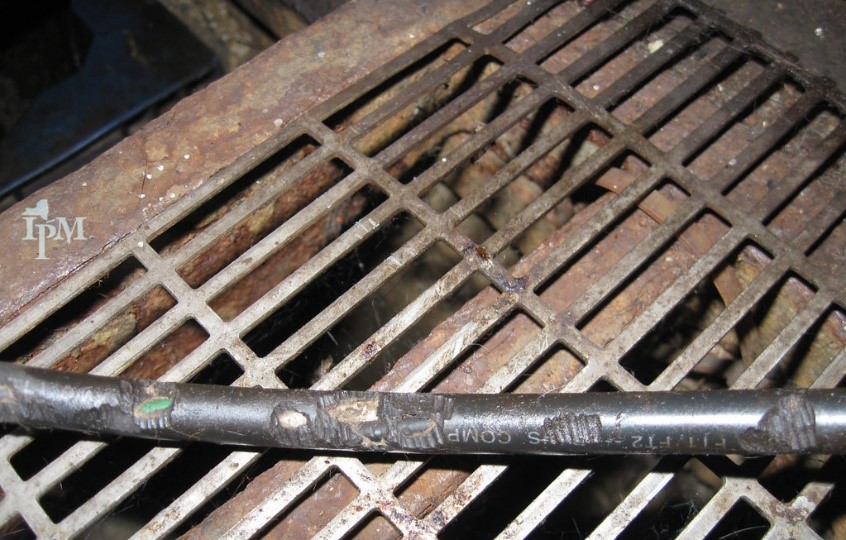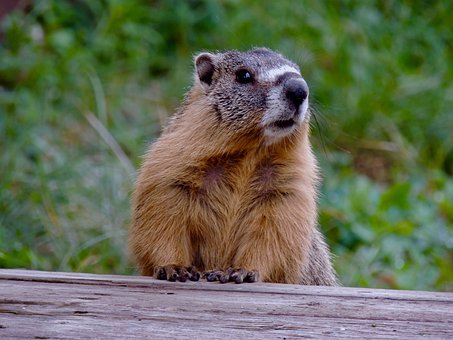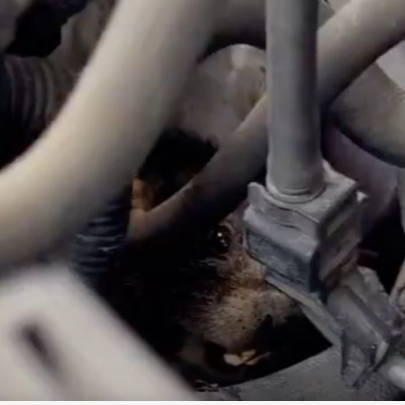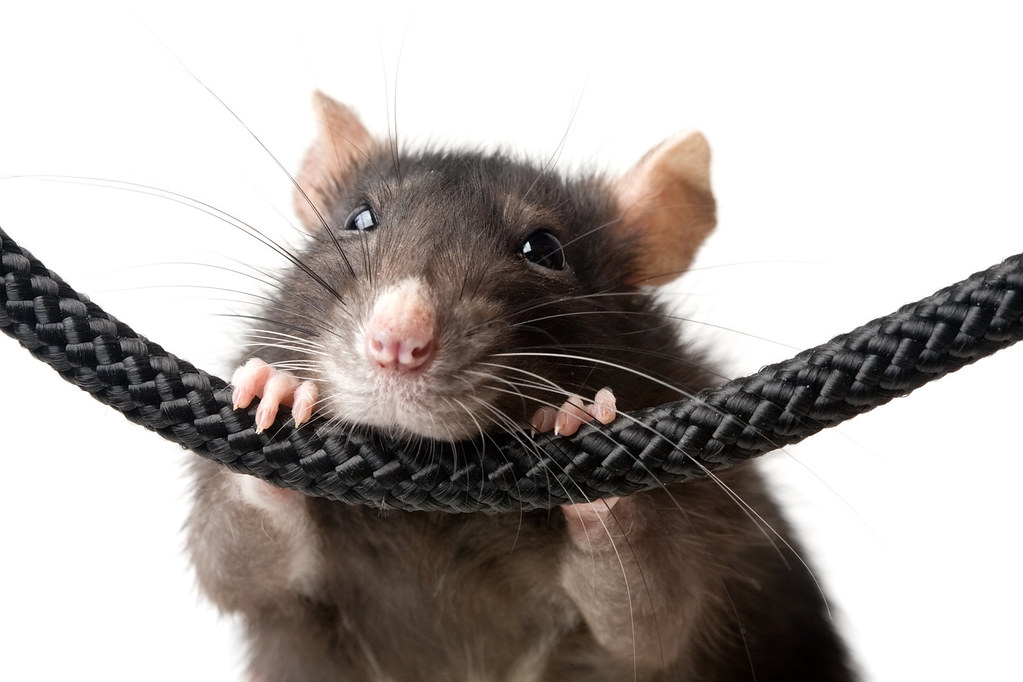
In horror films, rats are portrayed as illness, decay, and death however rats are prolific, highly social, and remarkably intelligent rodents. People are likely to welcome guests in their cars in the same way they do in their homes. However, not everyone is welcomed in the car. The real nightmare begins when rats find a cozy place to wine and dine under your vehicle’s hood!
Rats have been known to climb up car wheels and crawl into the brakes, and engines of cars. They can make nests, store food, and even have pups in the structures underneath the hood
These creatures can seek shelter under the hood of your car, mainly on chilly winter days. Car engines are generally warm, dry, and undisturbed, making them a perfect place for rodents to eat, rest, or breed. Because of the abundance of polymeric materials, they are attracted to your cars and trucks which were proven to be a delicious feast for them and once inside, the rodents will cause serious damage to the vehicle, damage that may end up costing you a lot of money. So you don’t want these obnoxious creatures in the driver’s seat.
These are some recent shreds of evidence where rats invaded the cars!
A family of rats sets a man’s car on fire by chewing through its wires
The Moss Vale fire station posted photos of the wreckage on Facebook. ‘During the colder months, rodents seek shelter, store food and quite often take up residence under the bonnets of cars, the post read. Unfortunately, rats also find the wiring systems in cars and other vehicles perfect for nibbling and chewing on in to keep their teeth sharp.’ A spokesperson from NSW Fire and Rescue told Daily Mail Australia the Captain of the crew could not be 100 percent sure if it was a rat or mouse nest. They confirmed that no animal remains had been found in the engine, and said the car had been garaged for over six weeks and had not been driven in that time.

The spokesperson said that while the car fire wasn’t directly linked to the mouse plague, checking vehicles for traces of rodents or their nests should be a safety consideration every winter.
Hungry rats costing Brisbane car owners thousands in repairs
One Holland Park resident, Tanya Wright, was recently hit with a costly bill after her car wouldn’t start.
Her mechanic discovered the engine’s wiring had been almost entirely stripped by hungry rats.
“All the coating of the wiring had been gnawed off a couple of thousand dollars worth of damage,” Ms. Wright told ABC Radio Brisbane.
“They go in there looking for warmth from the motor and they discover things they like to chew.”
Rodents have fond of gnawing on engine wires. They have two pairs of razor-sharp incisors that grow continuously throughout their life and to keep them in check they chew on things.
Wires and cables, gasoline tanks, ducts, cable carriers, chairs, and other car components are chewed by the rats thus, creating a nuisance. Short circuits can occur if rodents chew away at the insulation covering the wires. The cost of replacing these critical parts in cars is substantial and the insulation on your new wires can simply be chewed away when you fix the wires!
Because of the harm that rats, mice, and other rodents can do, no one wants them in their car and if things get worse, it might be risky. If you’re bothered by unwelcome visitors like rats, mice, and other rodents, then don’t worry!
We have come up with a unique solution!
C Tech Corporation can offer a viable solution that is extremely low toxic, low hazard, safe, and eco-friendly.
Our product, Rodrepel™, is anti-rodent and animal aversive that works on the principle of repellence. Its mechanism works on 6 prolonged strategies which not only effective against rats but will keep away other rodents like squirrels, marmots, beavers, and gophers.
Rodrepel™ is available in the form of a masterbatch, liquid concentrate, lacquer, and sprays.
The masterbatch can be incorporated with the polymer to manufacture cable sheathing, door cladding, carpet, plastic accessories, seat cushions, car covers, polymeric switch panels, components of ignition box, fuel tanks, fuel hoses, foam seats, etc.
The liquid concentrate can be mixed with paints and used to coat cars. The lacquer can be used as a topical application for existing wires, radiator hoses, and inside of the car.
The ready-to-use Rodrepel™ spray is easy to use and protects cars from rodent damage. It can be easily sprayed on any car parts after cleaning the dust on it to keep rodents at bay.
Our products are RoHS, RoHS2, RoHS3, EU – BPR, REACH, APVMA, NEA compliant and FIFRA exempted.
Contact us at technical.marketing@ctechcorporation.com to keep the pests away.
Also, visit our websites:
1] http://www.ctechcorporation.com/
Follow our Facebook pages at:
1] https://www.facebook.com/Combirepel-411710912249274/
2] https://www.facebook.com/Termirepel-104225413091251/
3] https://www.facebook.com/Rodrepel-120734974768048/
Follow us on our Twitter pages at:
1] https://twitter.com/rodrepel

